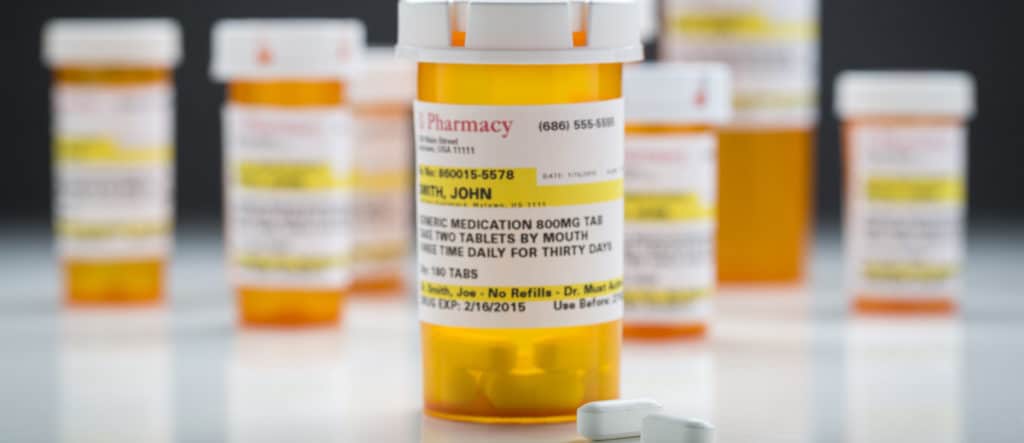Updated on August 8th, 2025
Often we think about drug abuse in terms of all the immediate harmful effects it causes, such as violent and irrational behavior, irresponsible driving, and the short-term physical changes that accompany a high. But it’s also important to remember that long-term drug abuse can also cause serious medical problems, dependence, and addiction if it goes unchecked.
Addiction and its impact on Americans’ personal networks remain pervasive. A 2023 nationwide survey revealed that approximately one-third of U.S. adults—about 82.7 million people—have lost someone they know to a fatal drug overdose. Additionally, roughly 19%—or nearly 49 million individuals—reported that the overdose victim was a family member or close friend
Table of contents
- Defining Drug Dependence and Addiction
- What Are Risk Factors for Addiction?
- Why Do People Abuse Drugs?
- The Truth About Addiction
- What Are the Most Frequently Abused Drugs in the U.S.?
- What Are the Short-Term and Long-Term Effects of Cocaine?
- What Are the Short-Term and Long-Term Effects of Heroin?
- What Are the Short-Term and Long-Term Effects of K2/Spice?
- What Are the Short-Term and Long-Term Effects of LSD?
- What Are the Short-Term and Long-Term Effects of Marijuana?
- What Are the Short-Term and Long-Term Effects of MDMA/Ecstasy?
- What Are the Short-Term and Long-Term Effects of Methamphetamine?
- Prescription Drug Abuse
- Why Do People Abuse Prescription Drugs?
- What Does Prescription Drug Abuse Look Like?
- How Common Is Prescription Drug Abuse?
- What Are the Short-Term and Long-Term Effects of Opioid Pain Relievers?
- What Are the Short-Term and Long-Term Effects of Central Nervous System Depressants (Sedatives and Tranquilizers)?
- What Are the Short-Term and Long-Term Effects of Stimulants?
- Drug Detox, Withdrawal, and Addiction Recovery
To further understand the growing drug addiction problem in America, let’s take a look at the basic nature and causes of addiction.
Defining Drug Dependence and Addiction
Drug dependence and addiction are two terms that are often used interchangeably, but they are not the same.
- Drug dependence occurs when the body develops a tolerance for a drug as it becomes accustomed to its presence over time. You can be dependent on an illicit drug without being addicted. Drug dependence may display some or all of the same signs of addiction, and when a dependent person stops using the drug, he or she will experience uncomfortable withdrawal symptoms.
- Drug addiction is characterized by a physical and mental inability to stop taking a drug, despite its harmful consequences. It is defined by the National Institute on Drug Abuse (NIDA) as a chronic, relapsing brain disease. A person can be addicted to a drug without being dependent, and symptoms typically include being unable to stop using the drug and neglecting other important life obligations as a result of the drug use.
Both drug dependence and addiction can be caused by repeated drug abuse and these conditions are physically, emotionally, and psychologically damaging to a person. Long-term abuse of illegal drugs will tear down a person’s health and wellness over time, causing a multitude of problems that won’t just go away on their own. Most (if not all) people who are dependent or addicted to drugs will need professional drug detox and rehab treatment to safely stop all drug use before entering a rehab program.
What Are Risk Factors for Addiction?
Many risk factors that increase a person’s likelihood of developing a substance use disorder and/or mental disorder, but minimizing these risks can help prevent addiction and influence the overall health and wellness of a person. These factors may be biological, psychological, cultural or they may even be related to family and community environments.
Common risk factors include:
- Genetics
- Adverse childhood experiences (physical/sexual/emotional abuse and/or neglect)
- A family history of mental illness
- Parents who abuse drugs and alcohol
- Poor social coping skills
- Lack of parental supervision and involvement (for children and teens)
- Poverty
- Affiliations with drug-using peers
- Chaotic home environments
- Unemployment/financial strain
- Low self-worth
- Conduct problems
Alternatively, protective factors can reduce the risk of drug abuse and addiction and increase a person’s overall wellness. Protective factors include:
- Prioritizing good physical health
- Education about drug use and addiction
- Stable home environments
- Parental involvement
- Positive social and community involvement
- Positive self-image
Why Do People Abuse Drugs?
According to the National Institute on Drug Abuse, researchers have suggested several different potential causes for substance abuse, both early and later in life. A person may get involved with drugs and then end up abusing them for one or several of the following reasons:
- Having a family history of drug or alcohol abuse – Genetics and biological factors such as having parents or grandparents with substance use problems may increase a person’s likelihood of developing a substance abuse problem themselves.
- Living in an unstable home environment – Living in an environment that condones drug abuse or having older family members who abuse drugs and alcohol can increase a person’s risk of developing a substance use problem. Family members who participate in criminal activity and do not provide adequate supervision are also risk factors for young people. Physical or sexual abuse and neglect may also contribute to an unhealthy home environment.
- Affiliating with drug-abusing peers – Trying a drug once with a group of friends may provide more opportunities to use again. It can also lead to more exposure to other addictive substances.
- Using a drug for the first time at an early age – Kids who use drugs for the first time at an early age are much more likely to develop a substance use problem as teens or adults. This may be true for a variety of reasons, including the harmful effects of drugs on the developing brain, mental illness, social and biological factors, and exposure to addictive substances and/or physical or sexual abuse at home.
- Being curious – Curiosity or even just boredom can also be a common reason for trying a substance. A lack of education may contribute to the curiosity some people have in regards to drugs and alcohol. Unfortunately, even just using a drug once can result in years of addiction.
- Enhancing physical or cognitive performance – Many times people start using steroids or other addictive drugs as a means to increase their physical abilities, help them stay awake longer to study, or to improve their overall cognitive function.
- Trying to cope – Some people view drugs and alcohol as a way to escape the realities of life. In these instances, individuals will abuse a substance to minimize feelings of depression, anxiety, anger, or sadness. Others may use drugs and alcohol to boost their confidence in social situations when they feel nervous or anxious.
- Wanting to have fun –Addictive substances are often glorified for their ability to make people “let loose” and have fun, which gives the false impression that those who are sober are not having fun. People typically want to experience the “feel good” effects of getting high or drunk, thus, they decide to try drugs and fall into an addictive lifestyle.
The Truth About Addiction
While it’s true that risk factors play a role in the likelihood of a person becoming addicted, no single factor can cause a drug or alcohol addiction. It can happen to anyone. But knowing and understanding the causes and influences behind a loved one’s addiction may help you approach them with patience, compassion, and care. This may be the difference between watching them fall further into addiction or getting them into a medically assisted detox facility to begin treatment.
What Are the Most Frequently Abused Drugs in the U.S.?
In recent years, millions of Americans continue to struggle with substance use disorders. According to the 2023 National Survey on Drug Use and Health (NSDUH), approximately 48.5 million people aged 12 or older had a substance use disorder, including 21.5 million with a drug use disorder, compared to 28.9 million with alcohol use disorder. Of those with a drug use disorder, 6.8% were diagnosed with marijuana use disorder, 1.9% with prescription pain reliever use disorder, and 0.6% with methamphetamine use disorder.
Although marijuana and opioids are two types of drugs that are frequently abused, there are many others. According to the NIDA, some of the most commonly abused illegal drugs in the U.S. include:
- Cocaine
- Heroin
- K2/Spice
- Marijuana
- Methamphetamine
- LSD
- MDMA (Ecstasy)
The long-term effects of each of these drugs will vary depending on the person, but most often, they will include some or all of the following symptoms.
What Are the Short-Term and Long-Term Effects of Cocaine?
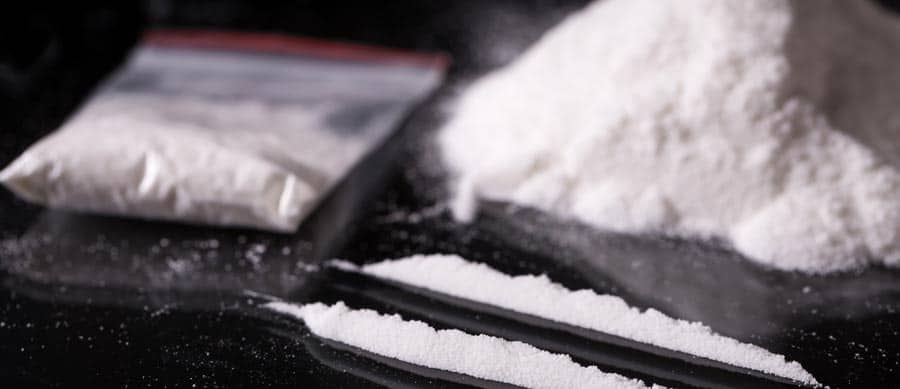
| Short-term effects of cocaine abuse | Long-term effects of cocaine abuse |
|
|
What Are the Short-Term and Long-Term Effects of Heroin?
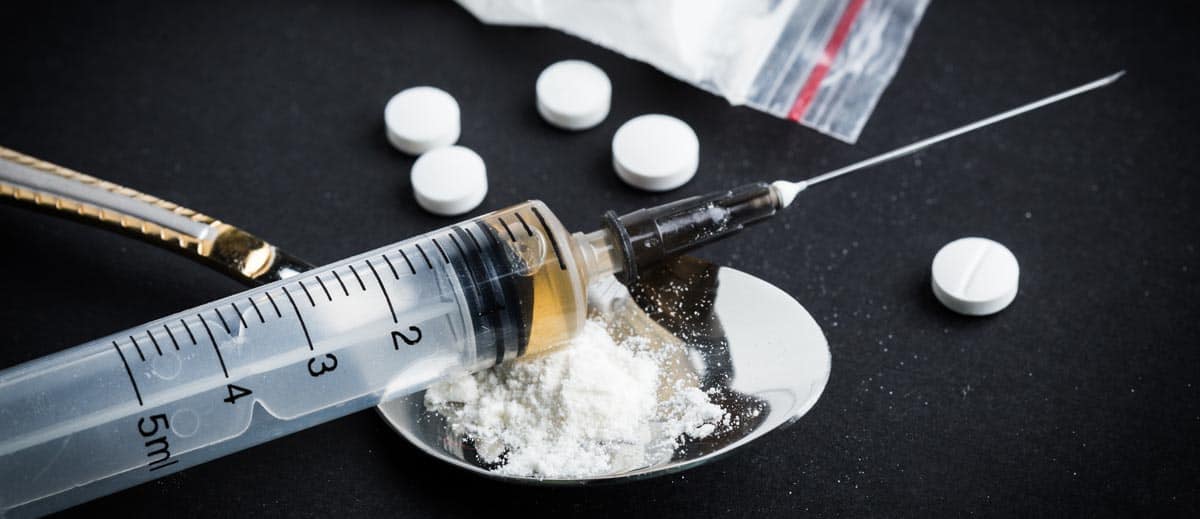
| Short-term effects of heroin abuse | Long-term effects of heroin abuse |
|
|
What Are the Short-Term and Long-Term Effects of K2/Spice?
| Short-term effects of K2/spice abuse | Long-term effects of K2/spice abuse |
|
|
What Are the Short-Term and Long-Term Effects of LSD?
| Short-term effects of LSD abuse | Long-term effects of LSD abuse |
|
|
What Are the Short-Term and Long-Term Effects of Marijuana?
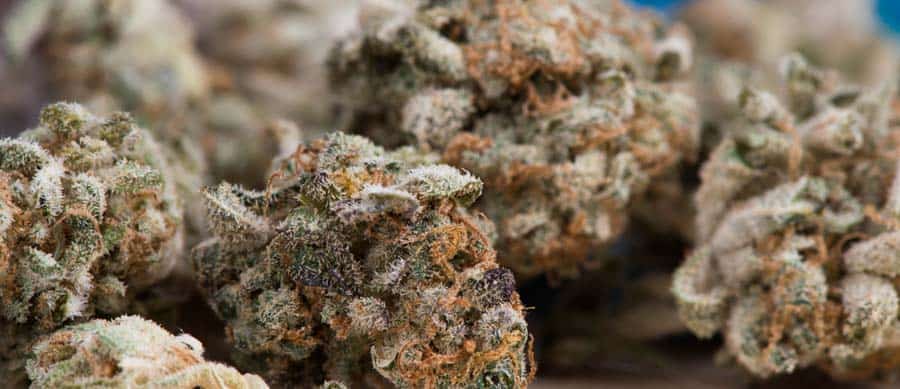
| Short-term effects of marijuana abuse | Long-term effects of marijuana abuse |
|
|
What Are the Short-Term and Long-Term Effects of MDMA/Ecstasy?
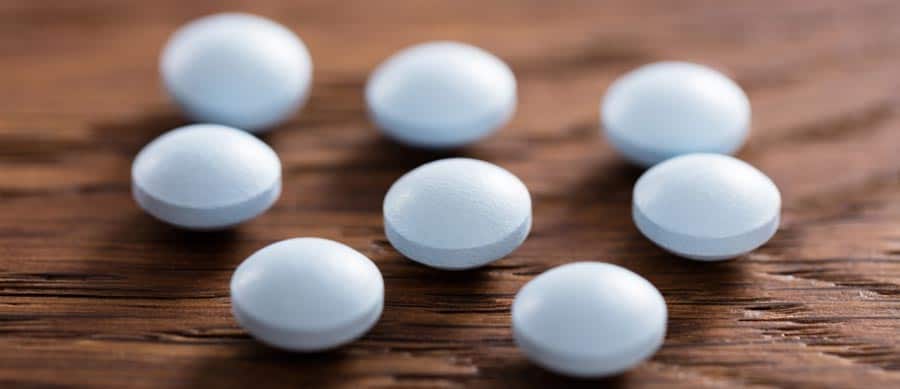
| Short-term effects of MDMA abuse | Long-term effects of MDMA abuse |
|
|
What Are the Short-Term and Long-Term Effects of Methamphetamine?
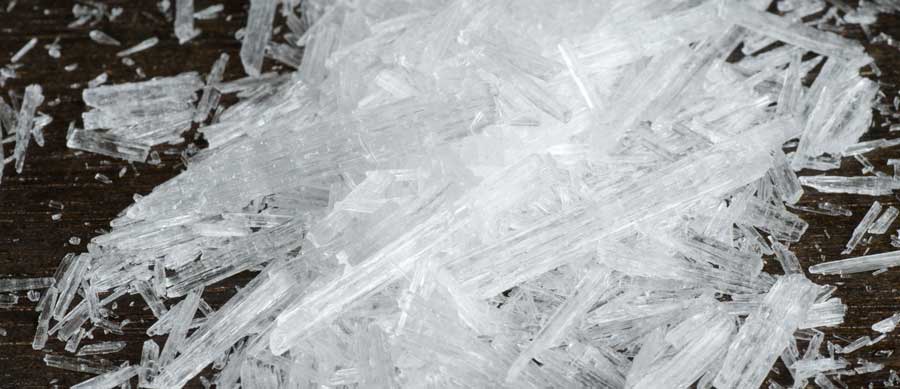
| Short-term effects of methamphetamine abuse | Long-term effects of methamphetamine abuse |
|
|
Prescription Drug Abuse
Most of us have all gone to the doctor at one point or another and have been prescribed a drug that alleviates the uncomfortable symptoms of a particular health problem. When used in this way, prescription drugs are a highly beneficial and positive tool. But sometimes, a prescription drug can be abused in a way that is harmful to a person’s health and may lead to physical dependence or addiction.
Why Do People Abuse Prescription Drugs?
Many prescription drugs were designed to be taken on a short-term basis. They are meant to be taken under the guidance of a doctor, in carefully monitored and measured doses until the physical ailment is resolved. If any of the prescription drugs are leftover after treatment, the user should safely discard the medicine. Unfortunately, even when a prescription drug is taken as directed, it can still cause physical dependence.
According to the National Council on Alcoholism and Drug Dependence (NCADD), there are many reasons why a person may abuse prescription drugs. Some of the most common are:
- To fit in with friends
- To feel good or get high
- To relax and relieve anxiety
- To reduce appetite
- To appease curiosity
- To supplement an already existing addiction
What Does Prescription Drug Abuse Look Like?
Prescription drug abuse can be defined as using a prescription drug for recreational purposes or taking a prescription drug in any way other than what it was prescribed for. Examples of prescription drug abuse include:
- Using a prescription drug for recreational purposes
- Taking more frequent doses of the drug than were prescribed by a doctor
- Taking larger doses of the drug than were prescribed by a doctor
- Taking someone else’s prescription drugs
- Taking a prescription drug purely to get high or for the pleasant short-term effects
How Common Is Prescription Drug Abuse?
Prescription drug abuse in the U.S. remains a serious concern with significant health consequences. From a high of over 255 million opioid prescriptions in 2012, dispensed prescription opioids have decreased by 51.7% by 2023. In 2023, approximately 2.2 million naloxone prescriptions were dispensed—up from 555,000 in 2018—and state prescription drug monitoring programs processed more than 1.4 billion queries, up from just 61 million in 2014. The 2023 National Survey on Drug Use and Health (NSDUH) reported that an estimated 828,000 people (0.3% of the U.S. population) misused fentanyl in the past year, with about 69% of those using illegally manufactured fentanyl.
Despite previously distorting rises in prescription opioid overdoses, recent data shows a moderate decline in deathslinked specifically to those prescribed opioids. However, emergency department visits related to drug misuse have surged, with prescription opioids still implicated in over 2 million visits between 2022 and 2024, and overall ED visits for substance use now exceeding 7.5 million annually, of which opioids account for nearly 12%.
What Are the Short-Term and Long-Term Effects of Opioid Pain Relievers?
Morphine, fentanyl, codeine, oxycodone (OxyContin), hydrocodone (Vicodin), and Demerol
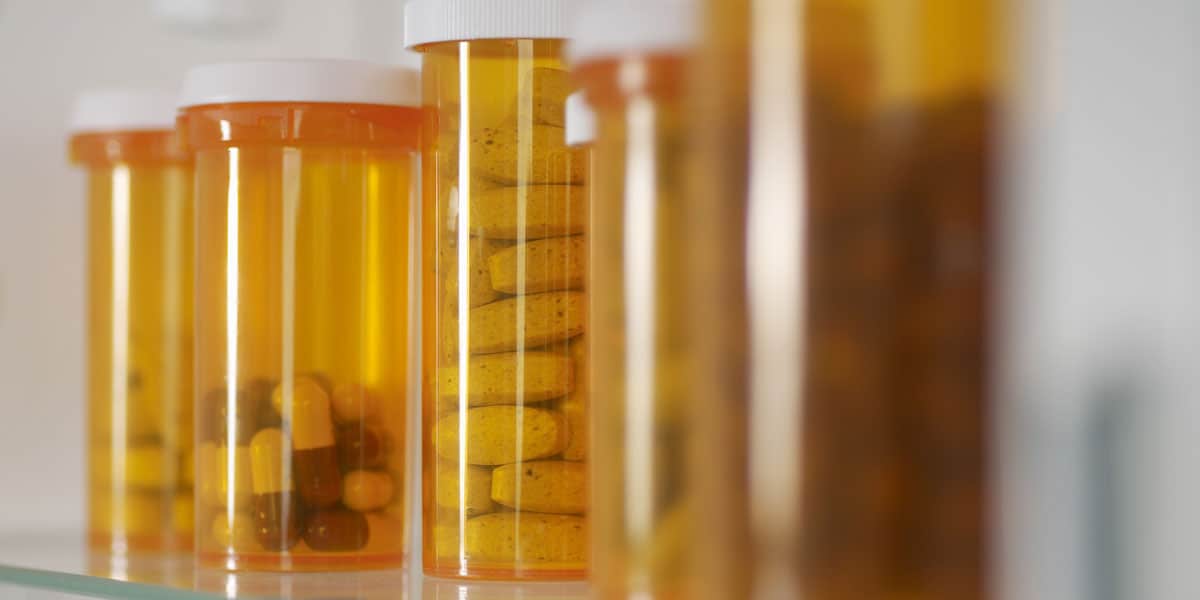
| Short-term effects of prescription opioid abuse | Long-term effects of prescription opioid abuse |
|
|
What Are the Short-Term and Long-Term Effects of Central Nervous System Depressants (Sedatives and Tranquilizers)?
Xanax, Valium, Librium, pentobarbital (Nembutal), and phenobarbital (Luminal)
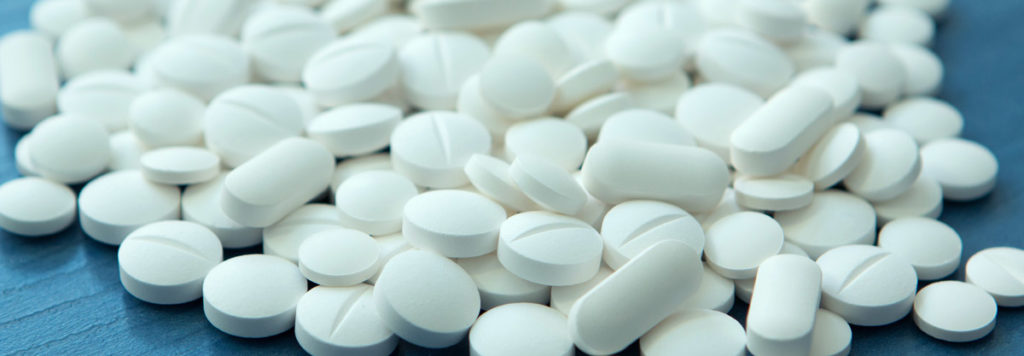
| Short-term effects of prescription sedative and tranquilizer abuse | Long-term effects of prescription sedative and tranquilizer abuse |
|
|
What Are the Short-Term and Long-Term Effects of Stimulants?
Ritalin, Dexedrine, and Adderall
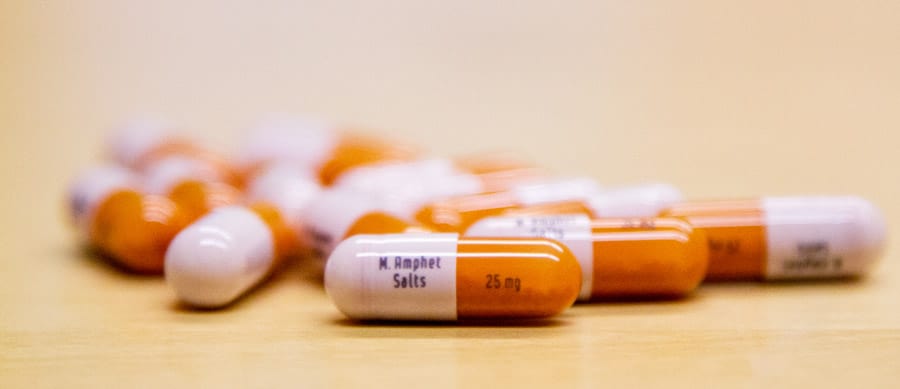
| Short-term effects of prescription stimulant abuse | Long-term effects of prescription stimulant abuse |
|
|
Drug Detox, Withdrawal, and Addiction Recovery
Withdrawal symptoms of these drugs will vary depending on the person, their circumstances, and their drug abuse history. The inability to cope with uncomfortable withdrawal symptoms may keep many people from overcoming drug addiction and dependence, but drug detox can help. Although medically-assisted drug detox is extremely effective, alone, it does little to curb or prevent ongoing long-term drug abuse.
Drug detox should be the first step in a comprehensive addiction treatment program comprised of inpatient or outpatient rehab, sober living, and aftercare. Suddenly stopping all drug use can be very dangerous or even deadly, so a person attempting to get sober should always seek the professional assistance of a medical detox team.
After a person has been properly stabilized, the drug detox process focuses on the medical management of uncomfortable withdrawal symptoms as the body rids itself of the drug. This time is also used to address emotional responses to detox and begin group and individual counseling if the person is physically able.
Drug and alcohol detox programs at Briarwood are designed around the comprehensive needs of the client. Each detox program is a fluid program that is changed and updated as the client’s needs fluctuate. Upon completion of detox, our medical and clinical team provide personal recommendations for ongoing treatment. This gives each client the best opportunity for continued and ongoing success in sobriety.
Call Briarwood Detox Center today to learn more about our individualized drug and alcohol detox programs, for answers about detox for commonly abused drugs, or to enroll in a program at one of our detox centers in Houston or in Austin, Texas.
